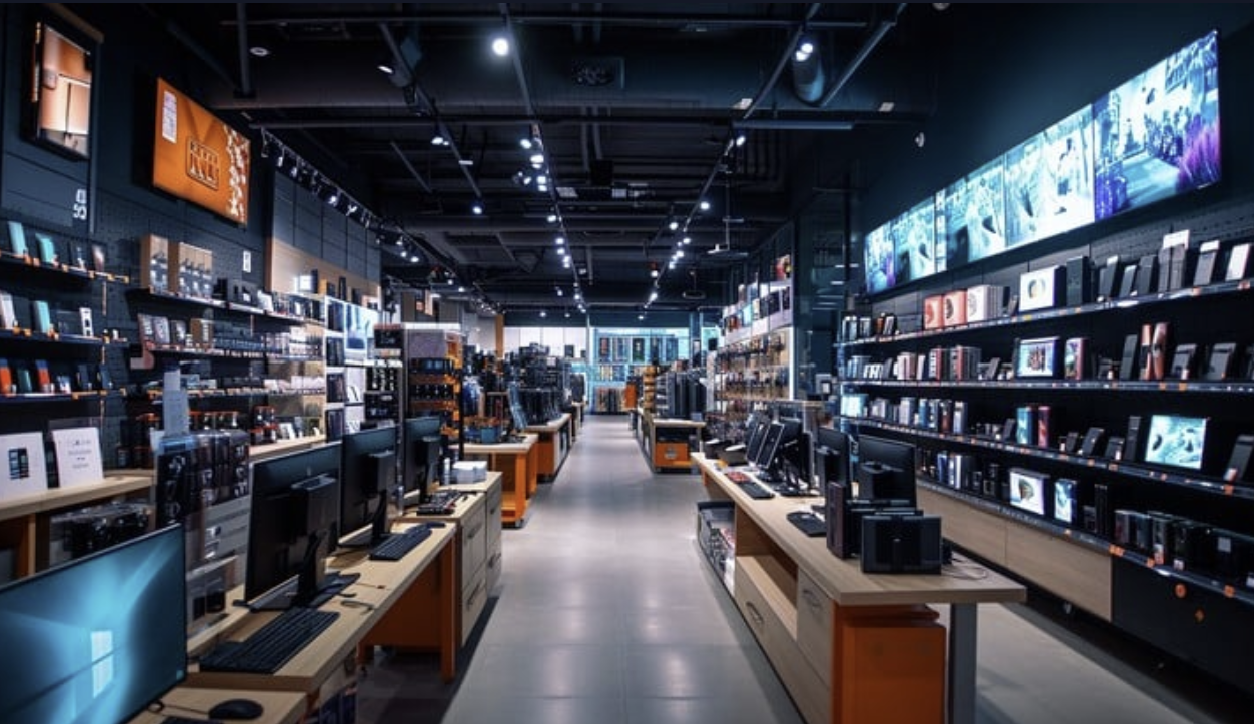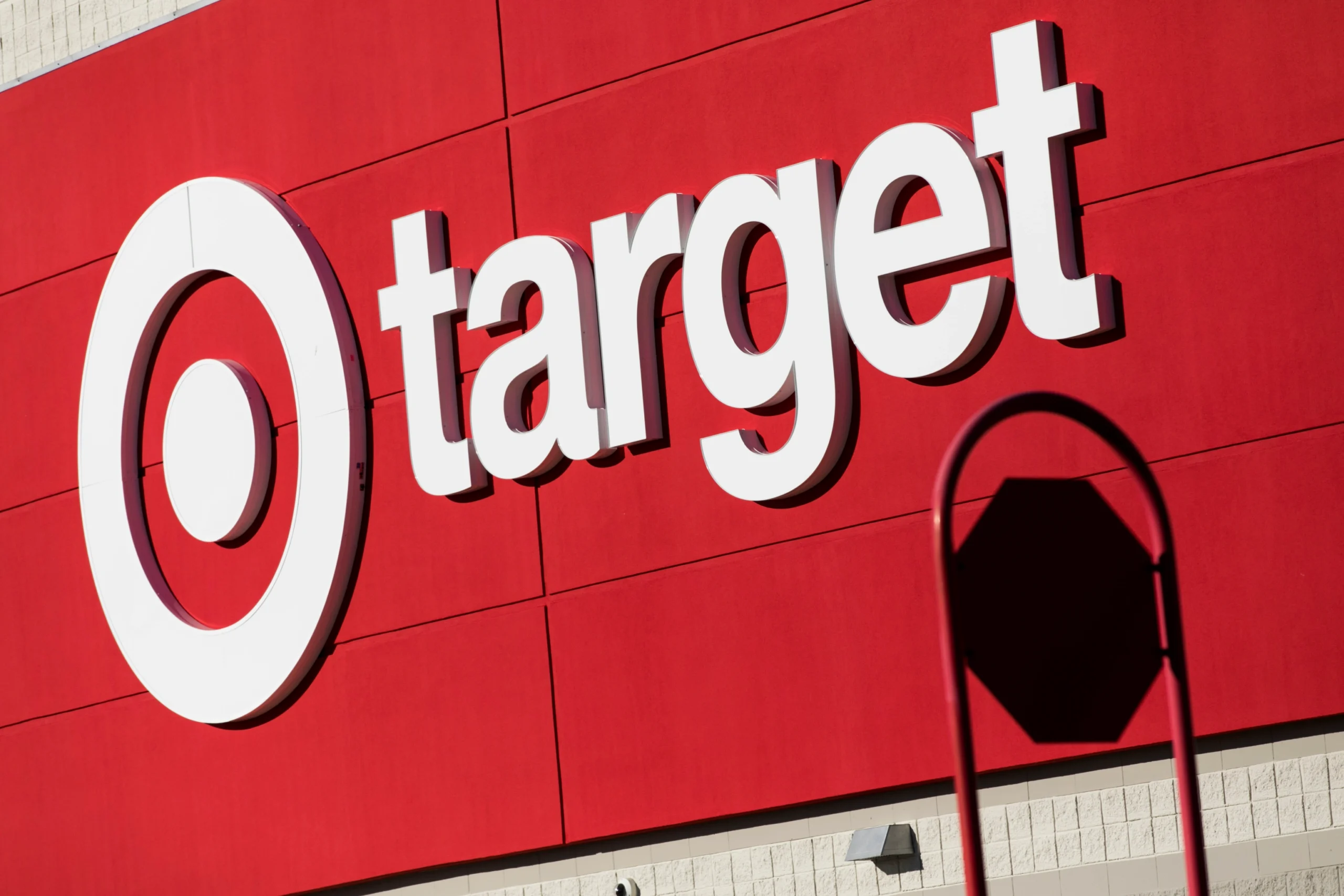In a world dominated by online shopping, many product brands question whether opening a physical retail presence still matters. While ecommerce continues to thrive, something powerful happens when customers can touch, feel, and experience a product in person. Making the leap from online sales to brick-and-mortar retail is a major step—but for product startups, it can be the key to unlocking new levels of growth.
This guide will help you determine when it’s the right time to move from ecommerce into physical retail, what factors to consider, examples of brands that got it right, and how to build a strong online-offline strategy.
When Is the Right Time to Go From Ecommerce to Physical Retail?
You may be seeing solid online traction—but how do you know when your brand is ready for store shelves? Here are three major indicators:
1. Strong and Consistent Online Sales
If your ecommerce sales show steady demand and predictable growth, it’s a sign customers trust your brand. Retailers look for products with proven online performance, making this a solid foundation for entering stores.
2. Customer Demand for In-Person Experiences
Are shoppers asking where they can see or try your product? Are you receiving DMs or emails about retail availability? This direct feedback often signals that moving into physical retail could increase sales and improve customer satisfaction.
3. Financial Readiness
Opening a physical retail presence has real costs—inventory, packaging upgrades, logistics, staffing, and marketing. Before making the leap, ensure your cash flow and margins can support this growth phase.
These indicators won’t guarantee success, but they help you make a data-driven decision rather than a hopeful guess.
Key Factors to Consider Before Entering Physical Retail
Transitioning from ecommerce to brick-and-mortar is more than just finding a store. It requires strategy.
1. Market and Competitor Analysis
Understand your target customer and the competitive landscape. Identify:
- Which retailers fit your category
- What products you will compete with
- How your pricing and value proposition stack up
- White-space opportunities on the shelf
This analysis helps ensure the move into retail is strategic, not reactive.
2. Choosing the Right Location or Retail Partner
Location can make or break your physical retail success. Consider:
- Foot traffic and shopper demographics
- Retailers that align with your brand positioning
- Local market trends
- Whether pop-ups or test retailers might be a good first step
A smart location strategy can boost visibility and drive conversions.
3. Building the Right Operational Infrastructure
Physical retail requires planning and investment. Think through:
- Store layout or in-store merchandising
- Staffing and training
- Inventory planning and forecasting
- Retail-ready packaging
- Logistics and replenishment
- In-store marketing programs
Preparing these elements early helps avoid costly mistakes later.
Real-World Success Stories: Brands That Went From Online to In-Store
Many well-known brands started online and expanded into physical retail with great success. Here are a few standout examples:
Warby Parker
Launched 100% online, the eyewear brand opened brick-and-mortar showrooms after discovering customers wanted to try frames in person. Today, their retail stores offer eye exams and full shopping experiences, blending ecommerce convenience with in-store service.
Bonobos
The menswear brand pioneered its “Guideshop” model—showrooms where customers try on clothing and place online orders for delivery. This hybrid approach strengthened their brand while reducing store inventory needs.
Casper
As an online mattress company, Casper faced consumer hesitation around buying mattresses sight unseen. Physical showrooms solved that problem, building trust and attracting new customers.
These examples highlight a common theme: physical retail enhances the customer experience and strengthens brand trust when done strategically.
The Future of Retail: Blending Online and Offline Channels
The retail world is evolving quickly, and brands that thrive will be those that deliver a seamless omnichannel experience.
1. Omnichannel Shopping Is the New Standard
Shoppers expect a consistent brand experience whether they’re:
- Browsing online
- Visiting a store
- Interacting on social media
- Using mobile apps
Offering services like buy-online-pickup-in-store (BOPIS), same-day delivery, or in-store returns increases convenience and loyalty.
2. Personalization Drives Repeat Purchases
Use customer data from ecommerce to personalize the in-store experience. This might include tailored product recommendations, loyalty rewards, or custom offers.
3. Sustainability Matters More Than Ever
Consumers value brands that prioritize eco-friendly practices. Consider sustainable packaging, ethical sourcing, and waste-reducing retail strategies to strengthen brand trust.
Conclusion: Is It Time for Your Brand to Go From Clicks to Bricks?
Expanding from ecommerce into physical retail is a significant milestone for product startups. With the right timing, strategy, and preparation, it can elevate your brand, increase customer trust, and open new revenue channels.
Before making the move, be sure to:
- Analyze your online performance
- Listen to customer demand
- Evaluate your financial readiness
- Conduct thorough market research
- Plan your retail operations
A thoughtful approach can turn retail expansion into a powerful growth engine.
If you’re considering launching your product in retail, Retailbound can help. Since 2008, our team has helped thousands of brands break into—and grow in—major retailers across the U.S. and Canada. Contact us to learn more about how we can support your journey.
About the Author
Yohan Jacob is the President and Founder of Retailbound, a retail channel management consultancy that helps product brands launch, manage, and scale in over 150+ retailers across the U.S. and Canada. Retailbound specializes in bridging the gap between product creators and major retailers by providing retail strategy, buyer engagement, sales management, and channel marketing support. Whether you’re an early-stage startup or an established brand, Retailbound provides the expertise needed to grow your retail presence both online and in store.



